Mastic from Chios - healing Mediterranean tears
Most tourists from Greece usually bring olive oil, olives, halva, honey… You may need to find out about all the beneficial effects of the mastic, and then to include the products from it in those that you necessarily carry home with you.
The mastic tree grows all over the Mediterranean, but only on the Greek island of Chios grows the one that gives the resin in a greater quantity and of high quality.
They say that the reason for it is the soil of volcanic origin and a specific climate. Therefore, this product from Chios is protected by a label of geographical origin.
The mastic tree grows only in the southern part of Chios, in just 20 villages. The whole area is called Mastichochoria (Mastic villages in the literal translation).
What is the secret and value of mastic?
It is an aromatic resin obtained by cutting a special kind of wood from the genus Pistacia. The mastic is produced from June to September and the process is quite complicated. Seeding is done twice a week, and the number of cuts depends on the age of the tree. The tree is cut up to a certain depth so it can recover later. Later it is dried and sold in various shapes (pieces, powder, as part of other products). Pieces of mastic are usually called tears.
Mastic was used as spice and natural chewing gum as early as in ancient times, and later were noticed its medicinal properties. It is said that during the Ottoman Empire its value reached the value of gold, and the punishment for its theft was a death sentence. The inhabitants of the area (southern Chios) where the mastic grows were privileged and spared of executions because the “extraction”, drying and processing were quite complicated, and the imperials really needed the locals for it.
At that time, the use of mastic was the privilege of the rulers. The importance of mastic, actually of the area where it grows, is confirmed by the remains of numerous fortifications that were built in order to be protected from the conquerors.
Today, the mastic is an ingredient of many medicines, especially of those that help with stomach problems. It is used to heal small wounds, to refresh breath and for inflammation of the gums. It is known that it has a positive effect on cholesterol reduction, lowering blood pressure and breathing problems. Many Greeks, especially the older ones, will chew the mastic after meals for better digestion. Studies on its effect on the treatment of gastric cancer are underway.
Whether and how much the mastic does affect the treatment of all these diseases, I can not confirm, because the information is downloaded from the Internet and taken from the stories of the locals, but they say that this unique resin is reasonably called the healing tears of the Mediterranean.
Thanks to its unusual taste and very strong aroma, the mastic is added to cosmetic products, cookies, jams, tea, toothpastes, pastries, pasta, sauces, wines, ouzo, liqueurs, and dairy products, and is also used in the tobacco industry.
It can be used as a mild addition to coffee.
The taste of mastic is at first bitter and tart, but later becomes more pleasant. Anyway, it takes some time to get used to it. In Greece, you can buy chewing gum in all markets, and the oldest brand is ELMA. I recommend that you try the mastic and see what the natural gum looks like, the predecessor of today’s gum, and yet it is healthy for the teeth, gums and stomach.
It is also possible to buy mastic oil, soap, but also incense that smells especially nice, then mastic in the form of candies and chewing gum, but also pure mastic pieces in different packages.
10 comments
Post a Comment
NOTE
All your questions in the comments will receive an answer via email so check your inbox shortly after you posted comment. For more detailed questions and responses, contact us via mail nikana@nikana.gr.

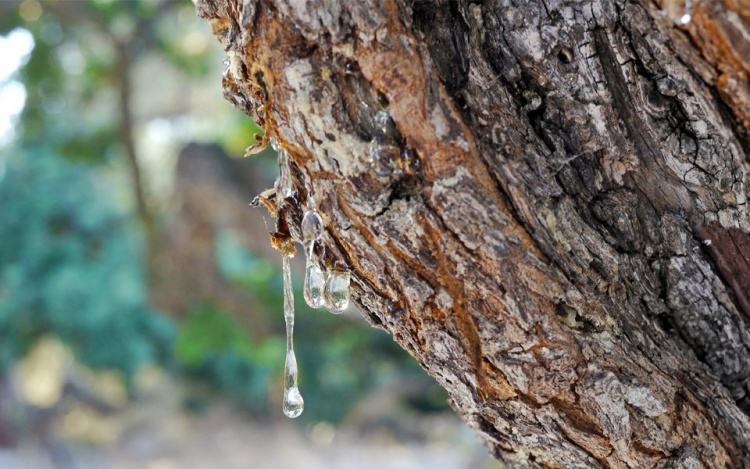
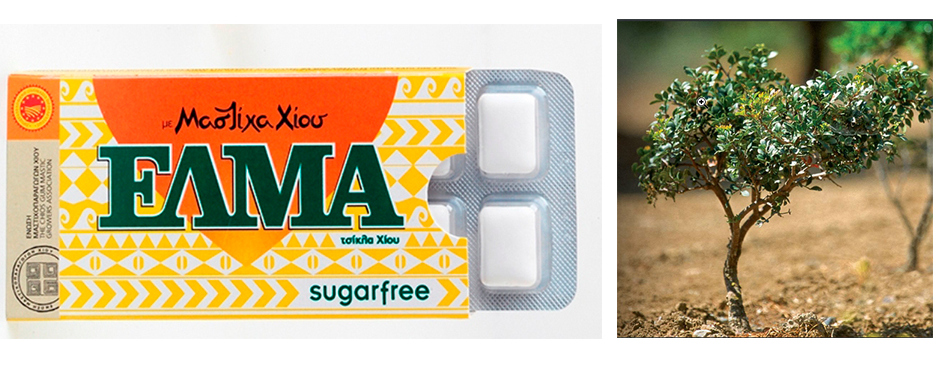
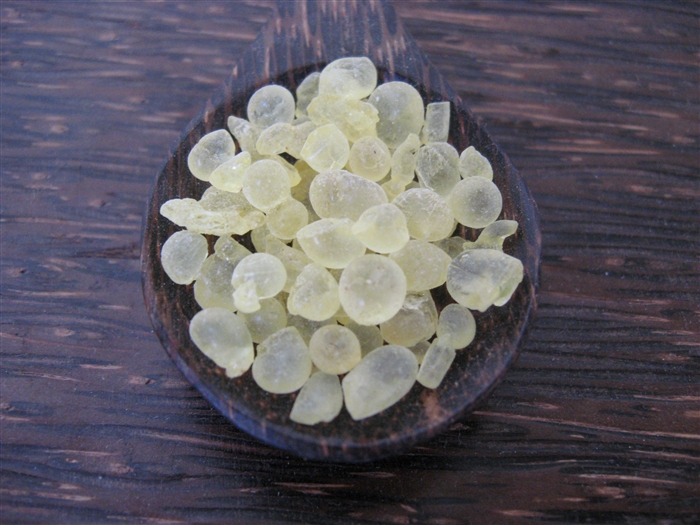
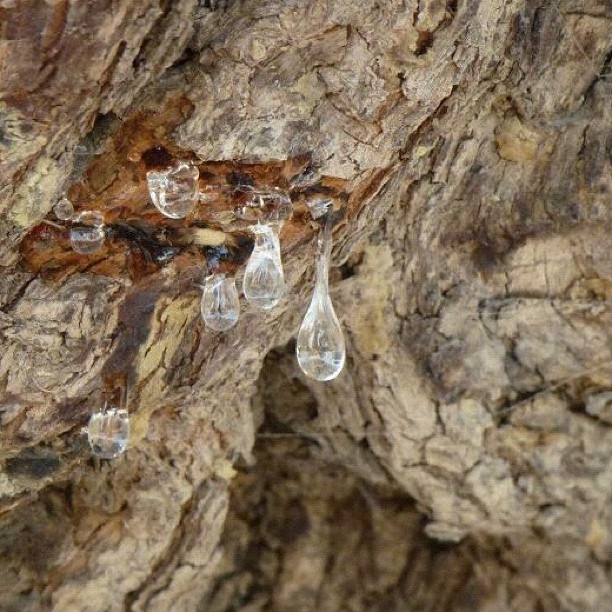
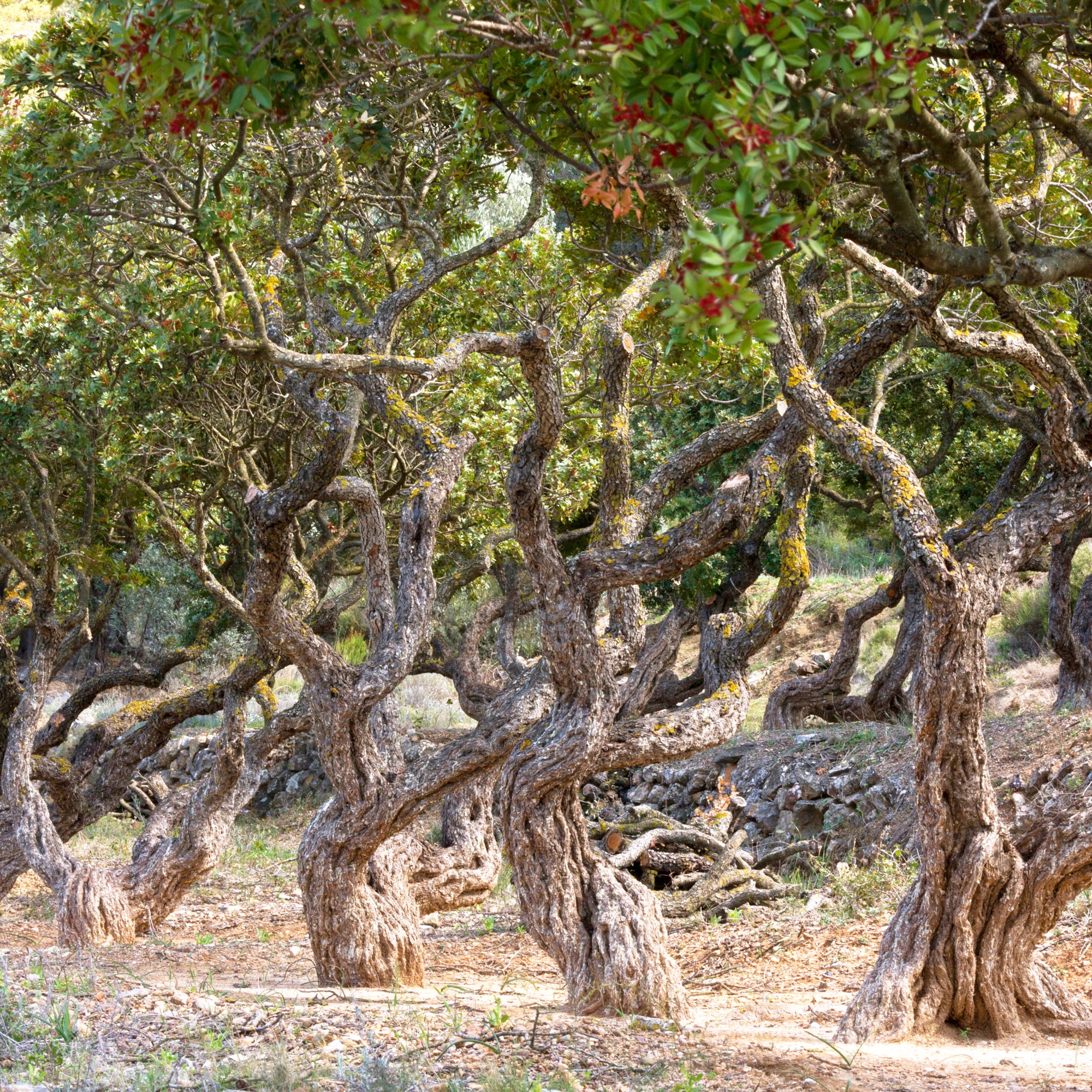
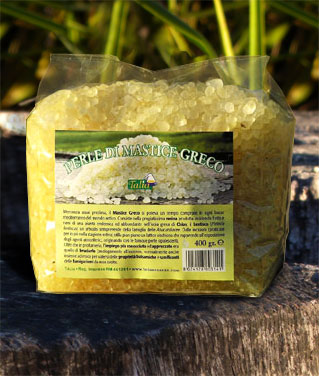
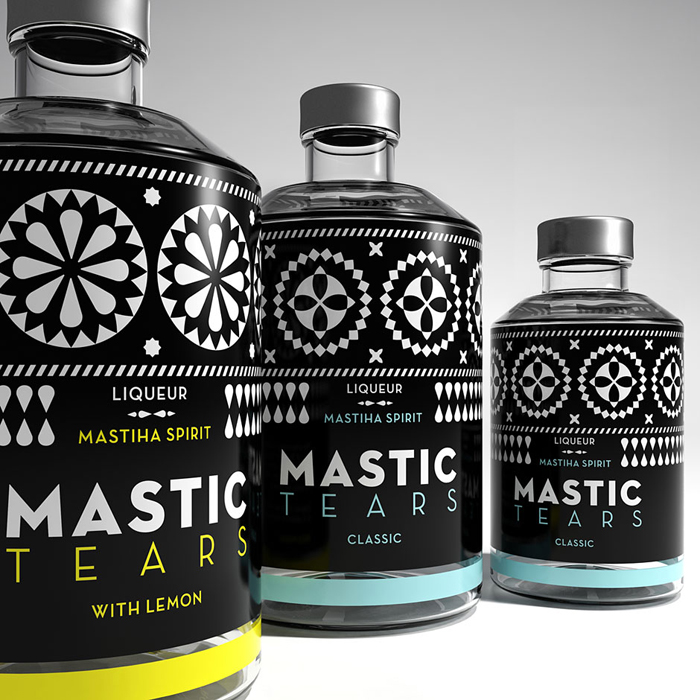











JELENA28.09.2025 00:53:19
Poštovanje, trenutno sam u Pefkohoriju, gde i kako mogu kupiti mastiku u prahu. Pitala sam u lokalnoj apoteci nemaju Hvala
Tanja21.08.2025 10:53:09
Gde u Beogradu mogu da kupim mastiku i mahlep kao zacine da napravim Tsureki?
Slavije28.08.2023 07:05:36
Gde se može kupiti mastila smola
Ljubinka Kalaba29.12.2021 00:15:14
Gde naruciti orginalno pakovanje rakije Mastike sa Hiosa i smolu mastike sa Hiosa Zahvaljujem
Немања20.11.2021 19:47:50
Знам човека који пече ракију мастику по традиционалном рецепту. Користи смолу мастикос ,мед и анис,а основа је од лозове ракије. Врхунски квалитет. Цена је мало јача-око 30€ је литар. nemanjicristic@gmail.com за оне који желе да пробају
Dragana26.10.2021 16:26:16
Gde se moze kupiti rakija mastika
Ivana06.08.2020 19:40:20
Postoje i kod nas od pre mesec dana. U apotekama Mastiha tablete za žvakanje i Mastiha kapsule sa 100% mastike.
Peđa26.04.2020 09:23:39
Zdravo, gde ima da se kupi mastika sa Hiosa u obliku smole u Srbiji?
Ema19.02.2020 10:47:38
How can we order mactic from Chios? Can we find that in Serbia?
slobodan planic24.10.2019 13:05:38
Da li se moze naći negde u srbiji smola mastike sa hiosa a ako ne da li se moze naručiti pouzećem iz grčke